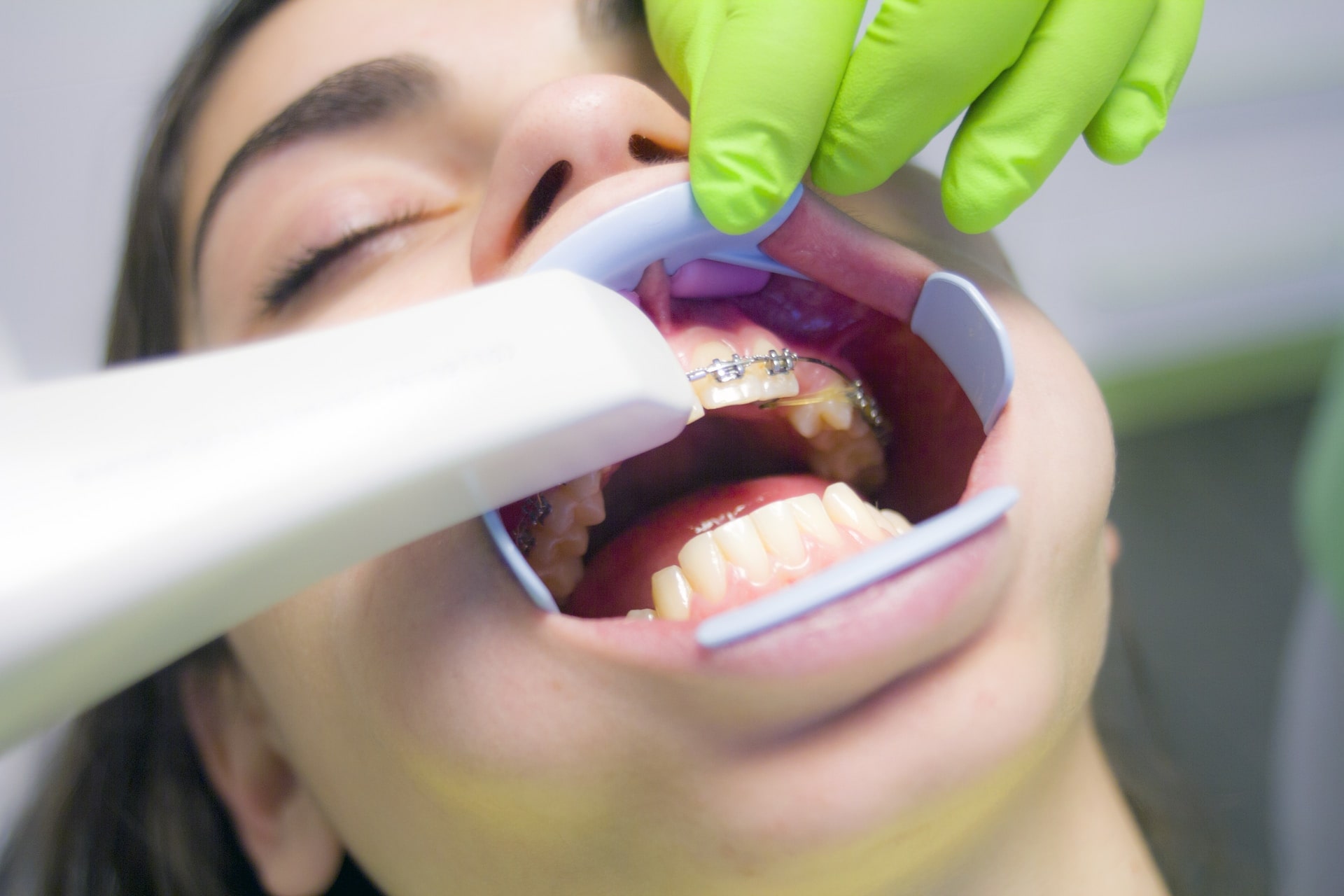There are important things to consider when altering the position and shape of your teeth. One of the most important parts of the process is ensuring only those teeth that need to be adjusted move out of position. Without securing the teeth that should remain stationary, problems can arise. Dental science has developed a number of methods for accomplishing this goal, with the earliest being introduced over a century ago. This technique is known as an orthodontic anchorage and is a common part of modern orthodontic care.
Using Anchorage In Orthodontic Treatments
The first dentist to successfully develop orthodontic anchorage was Henry Albert Baker. The technique he developed was so successful it is known as Baker’s Anchorage and is still in use today. From that point on, new forms of anchorage needed to be developed to address different concerns. This has resulted in a classification system to separate one form from another. The common classifications are as follows:
- Site-Based Classification
- Intraoral – Anchorages fixed in the mouth
- Extraoral – Anchorages involving gear outside the mouth. This often includes face masks and headgear. Combination, cervical, and occipital headgear are the most common varieties.
- Muscular – An anchorage method using muscles as part of the process.
- Number of Treated Teeth
- Simple/Primary – Treatment of a single tooth
- Compound – Treatment of more than one tooth
- Reinforced – The use of multiple teeth or appliances to support the initial anchorage. Extraoral and muscular anchorages are typical choices for additional support.
- Reciprocal – An anchorage drawing two teeth towards each other in equal amounts.
- Stationary – An anchorage for adjusting a tooth without changing its angle.
- Space-Based Classification
- Group A – When teeth are being adjusted towards the rear of the mouth.
- Group B – When both anterior and posterior teeth are being adjusted.
- Group C – When the focus is on the rear tooth moving forward.
- Absolute Anchorage – In each of the above, some movement of the rear teeth occurs. Absolute anchorages only adjust forward teeth towards the back of the mouth.
Each of these classifications is used together to describe the design and purpose of an orthodontic anchorage. There are two other, less commonly used, classifications that describe the bone being used as an anchorage point or indicate that implants are involved. The end goal in all cases is the same. Anchorages ensure that only the desired teeth will move, while those not needing adjustment remain stationary. This avoids the risks involved with teeth moving unexpectedly during the treatment process.
Involve Your Orthodontic Specialist To Learn More
Above, we’ve shown how anchorages are classified and the consideration that goes into designing them. Each orthodontic treatment requires a comprehensive understanding of your oral health. This is only truly achievable by an orthodontist who is present and on-site with you. While some patients are considering a transition to mail-order orthodontics, there are inherent risks to an absentee provider. It’s important that you see a local orthodontist to help develop a treatment plan that achieves your desired goals. Reach out to your specialist today to begin your journey to a straight and beautiful smile.
